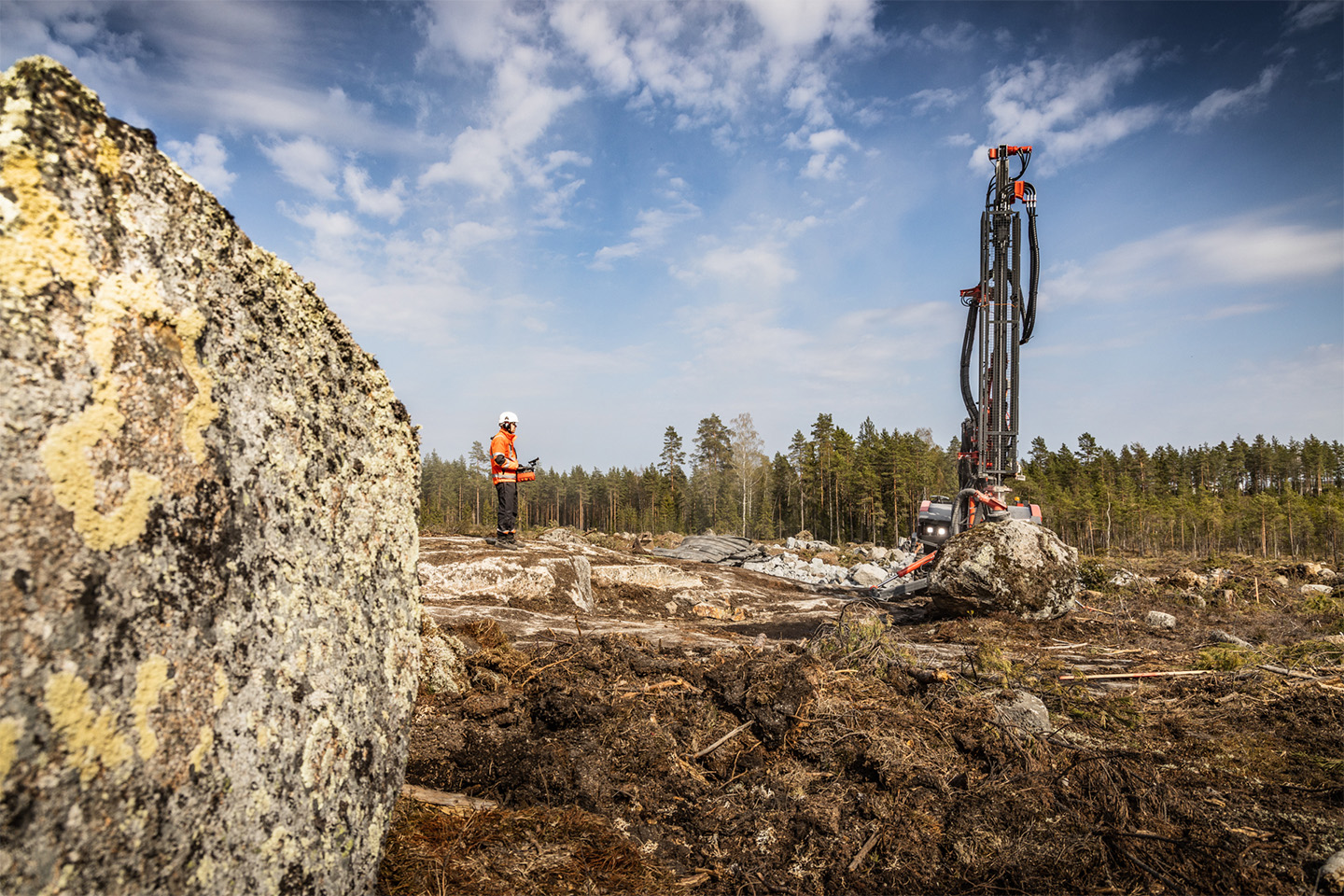How to invest like billionaire Eric Sprott

In last week’s article on the Palisades blog, I discussed some fundamental similarities and differences between the tech space and junior mining. One distinction I touched on was the fact that junior mining predominantly exists in the public sphere, while tech start-ups find financing in the private arena.
It is worth expounding on this topic as in most cases, regardless of sector, investors can find more advantageous terms and greater returns by funding a company directly, as opposed to open market purchases. This is especially the case in junior mining.
Today’s single largest check writer in the junior arena is Billionaire Eric Sprott, and like I stated in last week’s article, this is likely going to take Eric from billionaire to multi-billionaire status. So what does Eric do that the average retail investor does not?
The answer is participate in private placements…
Most junior resource companies are exploring for the deposits of tomorrow. They do not mine anything, nor do they produce any cash flow. Instead, they are constantly spending money on G&A, including salaries, audits, and exchange fees, as well as exploration expenditures like prospecting and drilling. As such, these companies are in constant search of financing dollars. The way that they raise this money is via private placements.
Simply put, a private placement is a sale of stock directly to a private investor.
Private placements often go unannounced – at least most of the good ones. They are offered to a small group of investors. And by the time they are press released to the public, they are often fully subscribed.
Private placements themselves are not unique to the junior mining sector. However, there is something very distinctive about Canadian private placements, which can make such offerings particularly lucrative for investors
A warrant is identical to an option, except for one difference – it comes attached to a share. When purchasing a unit from a company, those units consist of a share and warrant. A warrant affords an investor the opportunity, but not the obligation, to purchase a share at a set price for a set time period. Over the years, warrants have become a standard feature in private placement offerings by Canadian junior mining issuers. Only a tiny fraction of Canadian private placements today are done without issuing warrants.
Let’s use a real life example to explore how such an offering can play out. In 2016, Wallbridge Mining ($WM.TO) completed a unit financing at $0.08, which included a full, 3-year warrant at $0.10. If an investor plunked down $8,000, the investor would have received 100,000 shares of the company, as well as 100,000 warrants. Those warrants would allow the investor to purchase an additional 100,000 shares of the company at $0.10, at any time during the next 3 years.
Following the financing, Wallbridge made a major discovery at their Fenelon Gold Project and its share price began to rise. Three years later, in August 2019, its share price reached $0.50. That investor holding his original shares would have made 6 times his money on the shares. However, because that same investor can now buy additional shares at $0.10, by exercising his warrants, his overall return is closer to 11 times his investment. His $8,000 would have turned into nearly $100,000.
As you can see, such warrants can be highly lucrative, providing added leverage for investors in a junior resource market boom.
So why doesn’t everyone invest via private placements?
First, there is a regulatory barrier that prevents most investors from participating – namely the accredited investor exemption. Individuals must either earn a minimum of $200,000 per year or claim a net worth of greater than $1,000,000 to participate in private placements.
Other barriers to entry include a lack of access to deal flow. Passive investors are not able to make the contacts required to access the plethora of deals available. Investors can hire brokers to help them, but it still requires an investment of time.
American investors face additional disadvantages. Securities regulations in the United States require investors in private placements to hold their shares for a minimum of 6 months and sometimes up to 12 months; by contrast, investors in Canada and internationally only have a 4-month time restriction on their shares.
American investors cannot deposit Canadian stock into their US brokerage accounts. Meanwhile, if you attempt to open a brokerage account in Canada today, you will find that most brokers no longer accept American clients. You can thank FATCA for that.
And when it comes to warrants, Canadian and international investors can cashless exercise their warrants, selling a stock short prior to paying the company the funds to exercise. American investors, though, are forced to take the massive risk of first sending a company a check to exercise their warrants, waiting four weeks to receive a share certificate, and only then being able to sell. That time lag can burn American investors badly if the company’s stock price slides back toward or falls below the exercise price of the warrants.
So just how powerful is a junior mining warrant? I saw it firsthand growing up during the last bull market in precious metals, which began in 2001. My Father started deploying capital in the junior resource space in 2001, primarily via private placements. His portfolio appreciated by 800% in 2002 and 800% again in 2003. That compounds to a 64X return in a matter of 24 months! Think this is an isolated occurrence? Not so.
A major resource investor who I know well began the last cycle with $450,000 in his brokerage account. By 2011, he liquidated the entire account for $110M. That’s a 244X return.
{{ commodity.name }}
{{ post.title }}
{{ post.date }}


Comments
Marina
Oh yeah? So what’s your message? A little man (woman) can’t do it, screw them?